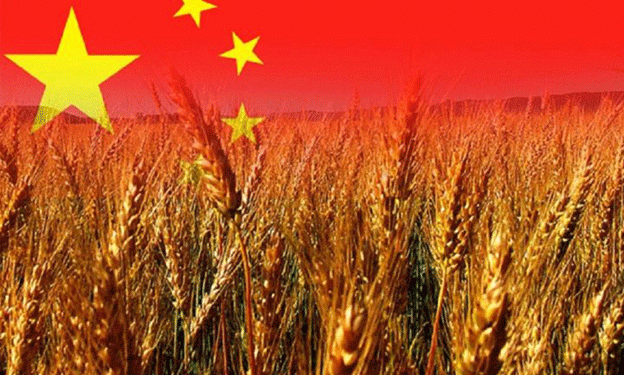In the first seven months of 2024, China has markedly increased its imports of Russian wheat and barley, reflecting a notable shift in agricultural trade patterns. According to the General Administration of Customs of China (GACC), the import value of Russian wheat surged to $48.2 million from $6.4 million in the same period of 2023—a dramatic increase of 7.6 times. Barley imports followed a similar trajectory, climbing to $112.5 million from $25.1 million, representing a 4.9-fold increase.
Conversely, the import of Russian corn has plummeted by more than threefold, falling to $20.9 million from $64.3 million. This substantial decrease highlights a strategic pivot in China’s grain procurement strategy.
Additionally, the demand for other grain products has seen significant changes. For instance, the import of buckwheat nearly doubled, reaching $51.1 million compared to $28.6 million in the previous year. Oat imports also increased markedly to $31.4 million from $15.4 million.
On the flip side, China has reduced its imports of Russian soybeans and rapeseed. Soybean imports dropped to $277.1 million from $434.0 million, and rapeseed imports fell to $77.6 million from $95.1 million. This decline suggests a possible shift in China’s oilseed sourcing or changes in domestic crop production strategies.
The increased focus on wheat and barley is aligned with China’s current agricultural needs and market strategies. However, Russian wheat and barley exports are currently limited to spring varieties, with winter varieties still pending approval for export to China. Negotiations are ongoing to expand the range of exportable products, including winter wheat and barley, which could further influence trade dynamics.
The potential for expanding Russian grain exports to China is significant. Both nations are actively working to address phytosanitary concerns and regulatory hurdles. The outcome of these negotiations will be pivotal in shaping future trade volumes and relationships.
China’s recent increase in Russian wheat and barley imports indicates a strategic realignment in agricultural trade that could impact global grain markets. The significant reduction in corn imports and decreased soy and rapeseed purchases highlight changing market dynamics and evolving trade priorities. As Russia seeks to expand its export offerings and overcome regulatory barriers, the future of this trade relationship will be closely watched by industry stakeholders.
Error




